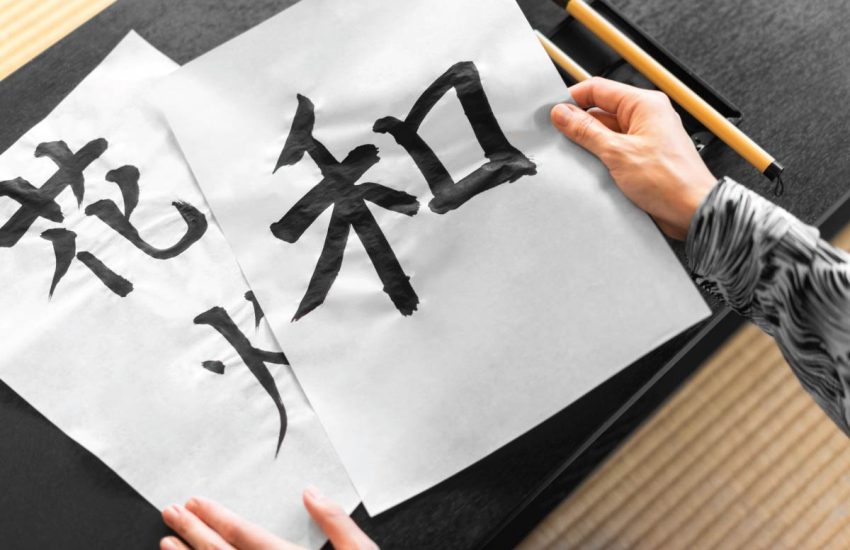Kanji, the intricate Chinese characters that form a cornerstone of the Japanese writing system, can appear daunting at first glance. But fear not, aspiring Japanese learner! Mastering Kanji is an achievable goal, and its rewards are substantial. This blog delves into the significance of Kanji and equips you with effective strategies to approach character study with confidence.
Why is Kanji Important?
- Unlocking Reading Comprehension: Most Japanese texts rely heavily on Kanji. Without deciphering Kanji, navigating newspapers, websites, or even basic signs becomes a major hurdle.
- Vocabulary Expansion: Kanji form the building blocks of many Japanese words. Understanding Kanji components unlocks a wider vocabulary, allowing you to grasp complex concepts.
- Deeper Cultural Understanding: Kanji often carry cultural significance and historical references. Mastering Kanji fosters a deeper appreciation for Japanese culture and its rich heritage.
Effective Strategies for Kanji Study
Start Small and Focused
Don’t overwhelm yourself. Begin with the most frequently used Kanji, often referred to as Jouyou Kanji. Many resources like textbooks and online courses prioritize these essential characters.
Embrace Mnemonics and Visualization
Learning Kanji by rote memorization can be challenging. Create memorable associations using:
Mnemonics: Develop stories or rhymes that link the Kanji’s meaning to its visual components.
Visualization: Connect the Kanji’s shape to a real-life object or concept.
Utilize Flashcards Effectively:
Flashcards are a powerful tool, but use them strategically:
Focus on Meaning, Reading, and Writing: Don’t just memorize the Kanji’s look-up reading (on’yomi or kun’yomi). Understand its meaning and how to write it correctly.
Spaced Repetition Apps: Utilize apps like Anki that employ spaced repetition algorithms to optimize memorization and minimize forgetting.
Integrate Kanji into Daily Practice
Go beyond flashcards. Look for opportunities to encounter Kanji outside of dedicated study sessions:
Read Manga or Graded Readers: These materials often include furigana (phonetic readings) alongside Kanji, allowing you to learn contextually.
Label Everyday Objects: Write Kanji for common items around your house, reinforcing visual and contextual memory.
Supplement with Technology
Numerous apps and online tools can enhance your Kanji learning journey:
Kanji Dictionaries with Radicals: Search for Kanji by radicals (building blocks) to understand their construction and meaning.
Kanji Learning Apps: Explore apps like WaniKani or Kanji Koohii that offer gamified learning experiences and interactive exercises.
Remember:
Consistency is Key: Regular practice, even for short periods, is more effective than sporadic cramming.
Find a Method that Suits You: Experiment with different learning techniques and discover what keeps you engaged and motivated.
Celebrate Every Milestone: Learning Kanji takes time and dedication. Acknowledge your progress, no matter how small.
By understanding the importance of Kanji and implementing these effective study strategies, you’ll transform your approach to Japanese language learning. As you conquer Kanji, you’ll unlock a deeper understanding of the language, its culture, and the beauty of its written word.

